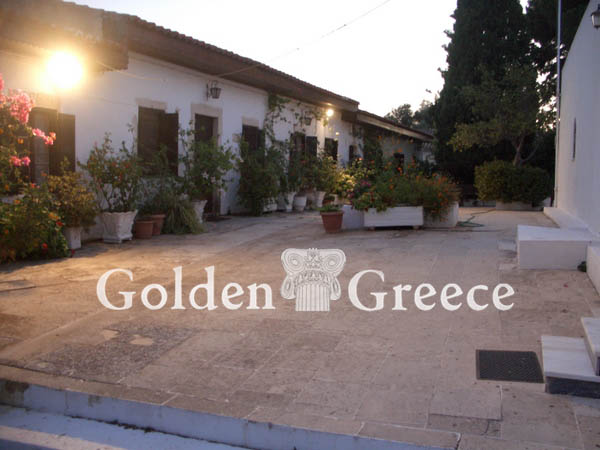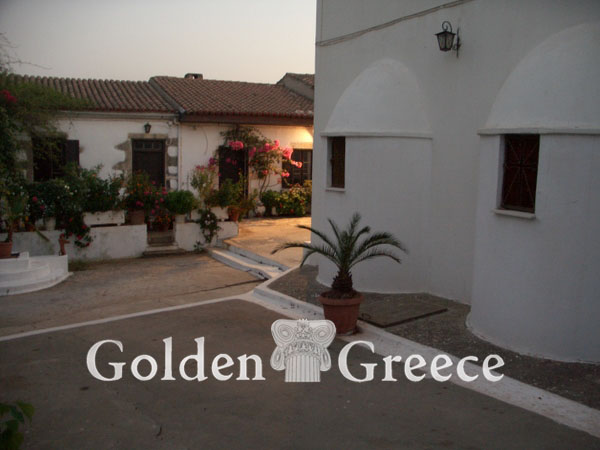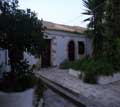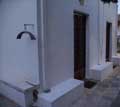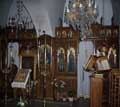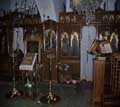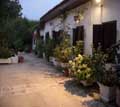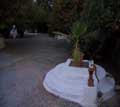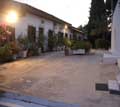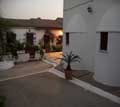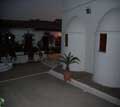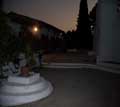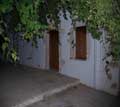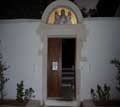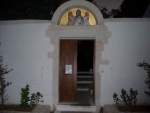
The Monastery of Agios Ioannou Prodromos is located on the peninsula of Akrotiri, north-east. of Chania, in the area of Korakies. Its foundation dates back to the Byzantine years. The Catholic church of the Monastery and the two chapels, of Saints Andreas of Crete, Gerasimos and Akakios of the New Ascetics and that of Panagia Portaitissa, are preserved. During the time of Turkish rule, it functioned as an asylum for virgins. It was destroyed by the Turks after the revolution of 1821, the buildings burned and the nuns left the monastery. The Monastery reopened in 1867 and flourished until the outbreak of the Cretan Revolution (1896-97). The nuns moved to the neighboring monasteries of Agia Triada and Gouvernetos and helped in their own way in the liberation struggle against the Turks. The Cretan rebels used the monastery as a barracks and saved it from the attacks of the Turks. The graves of fallen Cretans are located inside the monastery. With the end of the revolution in August 1897, the reconstruction of the Monastery begins. In 1903, the Home Economics School was founded, which closed with the start of World War II. On May 27, 1941 (occupation of Crete), the Monastery passed into the hands of the German invaders until 1944. Today, 8 Nuns live in the monastery. There is a Library on its premises with a collection covering approximately 2500 theological and historical books. The Monastery celebrates August 29 and January 7. which ended with the start of World War II. On May 27, 1941 (occupation of Crete), the Monastery passed into the hands of the German invaders until 1944. Today, 8 Nuns live in the monastery. There is a Library on its premises with a collection covering approximately 2500 theological and historical books. The Monastery celebrates August 29 and January 7. which ended with the start of World War II. On May 27, 1941 (occupation of Crete), the Monastery passed into the hands of the German invaders until 1944. Today, 8 Nuns live in the monastery. There is a Library on its premises with a collection covering approximately 2500 theological and historical books. The Monastery celebrates August 29 and January 7.
Editor: Niki Kalopaidis


